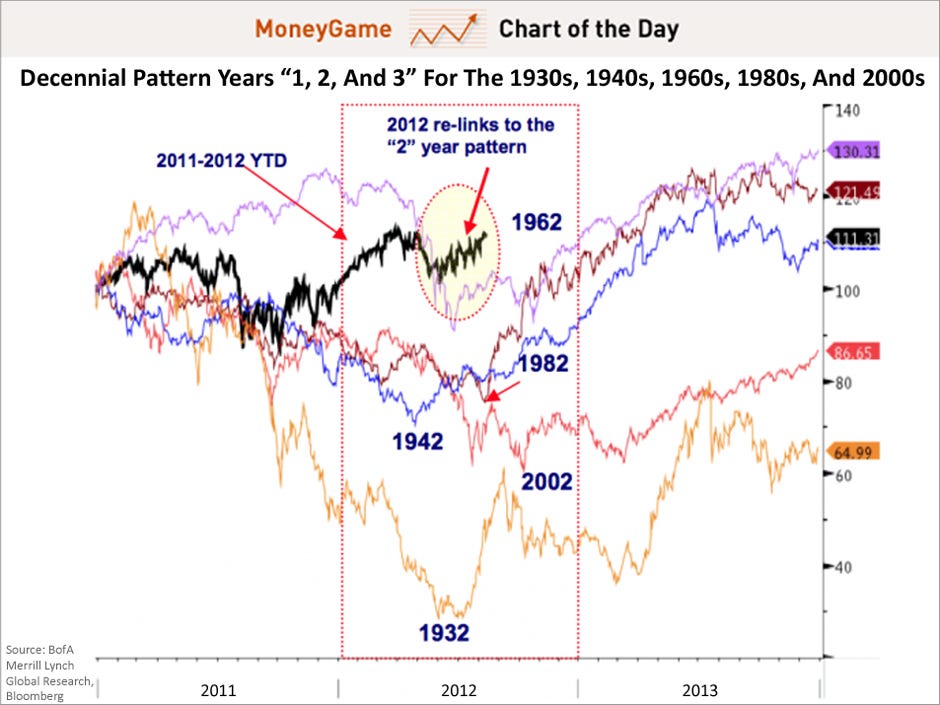Trump's Economic Agenda: Winners And Losers

Table of Contents
Winners of Trump's Economic Agenda
Corporations and the Wealthy
Significant tax cuts enacted in 2017, a cornerstone of Trump's economic agenda, dramatically reduced the corporate tax rate from 35% to 21%. This resulted in increased corporate profits and boosted shareholder value. Simultaneously, reduced regulations, particularly in areas like environmental protection and financial oversight, fueled business investment and expansion.
- Specific Tax Cuts: The Tax Cuts and Jobs Act lowered individual income tax rates across the board, disproportionately benefiting high-income earners. This led to increased disposable income for the wealthy, further stimulating investment and consumption.
- Deregulation Impact: Relaxed regulations in sectors like fossil fuels led to increased production and profits for energy companies. Reduced environmental oversight also lowered compliance costs for many businesses.
- Examples: Companies like ExxonMobil saw significant increases in profits during this period, while the overall stock market experienced a considerable bull run.
Specific Industries
Trump's protectionist trade policies, including the imposition of tariffs on imported goods, aimed to boost domestic production. While this had mixed results, certain industries experienced growth.
- Increased Domestic Production: Tariffs on steel and aluminum, for example, temporarily protected domestic producers from foreign competition, albeit leading to higher prices for consumers.
- Industries Benefiting from Deregulation: The coal industry, facing declining demand due to environmental concerns and cheaper natural gas, briefly experienced a resurgence due to relaxed environmental regulations and policies favoring fossil fuels. Manufacturing saw some growth, although the impact was less pronounced than initially anticipated.
- Examples of Growth: While data is debated, some manufacturers of steel and aluminum saw short-term boosts, while the coal industry experienced a temporary reprieve before facing renewed challenges.
- Industry-Specific Growth Data: While overall economic growth was positive during parts of Trump's presidency, attributing specific growth solely to his policies is complex and subject to ongoing economic research and analysis.
Short-Term Employment Gains
Initially, Trump's economic policies led to some job creation. Increased business investment, fueled by tax cuts and deregulation, stimulated economic activity and consumer spending, leading to short-term employment gains.
- Tax Cuts and Consumer Spending: The tax cuts provided some disposable income boost to consumers, leading to increased spending and supporting job creation in retail and service sectors.
- Business Investment: Reduced regulations and tax incentives encouraged business investment in new equipment and expansion, creating jobs in manufacturing and other sectors.
- Job Creation Statistics: While job growth occurred during parts of Trump's presidency, attributing this growth entirely to his policies is an oversimplification. Other factors, including pre-existing economic trends and global economic conditions, played significant roles.
- Employment Statistics (with caveats): It’s crucial to consider factors like automation and changing demographics when analyzing employment numbers under any administration. The unemployment rate fell during his term, but wages for many remained stagnant.
Losers of Trump's Economic Agenda
Low- and Middle-Income Workers
Despite low unemployment rates during parts of Trump's presidency, wage stagnation for low- and middle-income workers remained a significant concern.
- Wage Stagnation: While some sectors experienced job growth, many workers did not see corresponding wage increases, leading to increased income inequality.
- Increased Cost of Living: Tariffs imposed on imported goods increased the prices of many consumer goods, impacting lower-income households disproportionately.
- Reduced Access to Affordable Healthcare: Efforts to repeal and replace the Affordable Care Act (ACA) were unsuccessful, but anxieties around healthcare access increased for many.
- Income Inequality Trends: The gap between the wealthy and the working class widened during this period, according to multiple economic analyses, raising concerns about social and economic equity.
Farmers and Agricultural Sector
Trump's trade wars, particularly with China, severely impacted the agricultural sector.
- Trade Wars and Agricultural Exports: Tariffs imposed by China on US agricultural products led to significant losses for American farmers.
- Government Subsidies: Government subsidies aimed to offset some of these losses, but they did not fully compensate for the decline in exports.
- Examples of Affected Products: Soybeans, pork, and other agricultural products were heavily affected by the trade disputes.
- Data on Agricultural Exports and Losses: Reports from the USDA and other agricultural organizations documented significant declines in exports and farm income during this period.
Consumers
Trump’s trade protectionist policies, while aiming to protect domestic industries, ultimately led to increased prices for consumers.
- Increased Prices Due to Tariffs: Tariffs on imported goods increased the cost of various consumer products, ranging from clothing to electronics.
- Reduced Choice in Goods: Trade restrictions limited the availability of certain goods, reducing consumer choice.
- Long-Term Impacts on Consumer Spending Power: The combined effects of increased prices and reduced choice exerted downward pressure on consumer spending power.
- Impact of Tariffs on Consumer Goods: Studies have shown a correlation between the imposition of tariffs and increased prices for many consumer goods.
Conclusion
Trump's economic agenda delivered mixed results. While corporations and certain sectors benefited from tax cuts and deregulation, many low- and middle-income workers faced stagnant wages and increased costs. The long-term effects of trade wars and deregulation remain a subject of ongoing debate and further research. Understanding the complexities of Trump's economic agenda is crucial for informed discussions about future economic policies. Continue to learn about the lasting impacts of Trump's economic agenda and its implications for your financial future by exploring further research and analysis. Further research into the impact of Trump's economic policies is vital for understanding current economic trends and informing future policy decisions.

Featured Posts
-
 Office365 Breach Nets Millions For Hacker Federal Investigation Reveals
Apr 22, 2025
Office365 Breach Nets Millions For Hacker Federal Investigation Reveals
Apr 22, 2025 -
 The Future Of Robotics In Nike Sneaker Manufacturing
Apr 22, 2025
The Future Of Robotics In Nike Sneaker Manufacturing
Apr 22, 2025 -
 Ftc Investigates Open Ais Chat Gpt What This Means For Ai
Apr 22, 2025
Ftc Investigates Open Ais Chat Gpt What This Means For Ai
Apr 22, 2025 -
 High Stock Market Valuations A Bof A Analysis For Investors
Apr 22, 2025
High Stock Market Valuations A Bof A Analysis For Investors
Apr 22, 2025 -
 Pope Francis Dies At 88 Pneumonia Confirmed As Cause Of Death
Apr 22, 2025
Pope Francis Dies At 88 Pneumonia Confirmed As Cause Of Death
Apr 22, 2025
